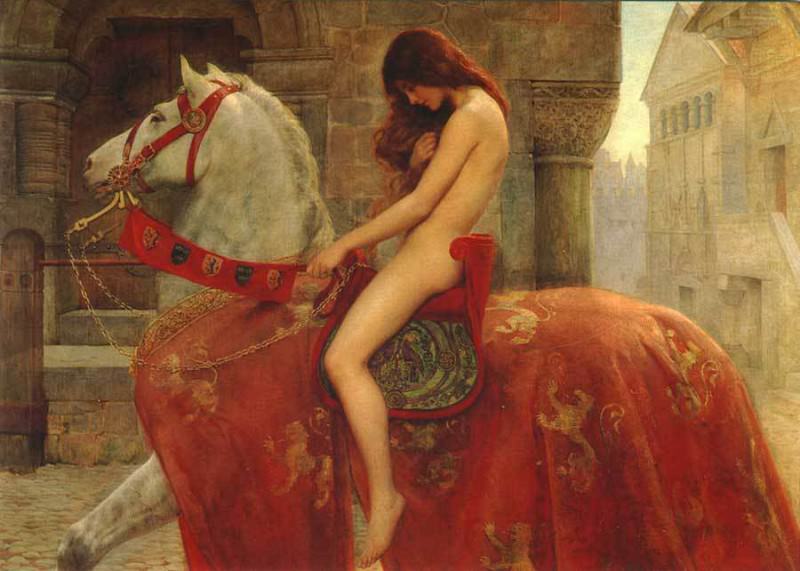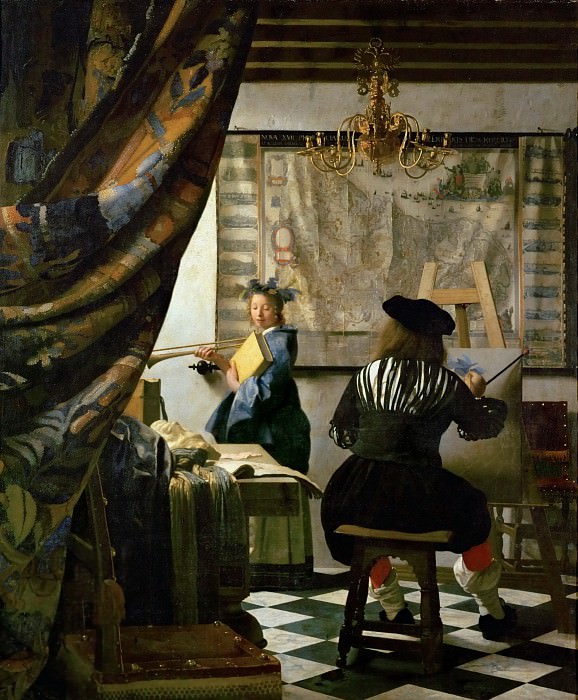The Evolution of Digital Art
Digital art, a form of artistic expression utilizing digital technology, has revolutionized the way we create and perceive art. This innovative medium has not only expanded the boundaries of traditional art but has also introduced new possibilities and techniques that were previously unimaginable. From its humble beginnings to its current status as a mainstream art form, digital art has undergone significant transformations, continually reshaping the artistic landscape.
The Early Days of Digital Art
The origins of digital art can be traced back to the 1950s and 1960s, a time when computers were first being explored for artistic purposes. Early pioneers like Ben Laposky and Frieder Nake used oscilloscopes and early computer systems to create abstract patterns and images. These initial experiments laid the groundwork for the future of digital art, demonstrating the potential of technology as a tool for artistic creation.
In the 1970s and 1980s, digital art began to gain more recognition as artists like Harold Cohen and Vera Molnár started to explore algorithmic art, using computer programs to generate intricate designs. The advent of personal computers in the 1980s further democratized digital art, making it accessible to a broader audience. Software programs like Adobe Photoshop and CorelDRAW emerged, providing artists with powerful tools to create digital artworks.
The Digital Art Renaissance
The 1990s marked a significant turning point in the evolution of digital art. With the rise of the internet and advancements in computer technology, digital art entered a renaissance period. Artists could now share their work with a global audience, leading to a surge in creativity and collaboration. Digital art communities, such as DeviantArt, provided platforms for artists to showcase their work, receive feedback, and connect with like-minded individuals.
During this time, digital painting and illustration gained popularity, with artists like Craig Mullins and Daniel Lieske pushing the boundaries of what could be achieved with digital tools. The introduction of graphic tablets and styluses, such as the Wacom Intuos, allowed artists to draw and paint directly onto a digital canvas, mimicking the experience of traditional media.
The Impact of 3D Art and Animation
The late 1990s and early 2000s saw the rise of 3D art and animation, further expanding the possibilities of digital art. Software programs like Autodesk Maya, Blender, and ZBrush enabled artists to create complex three-dimensional models, animations, and visual effects. This period witnessed the emergence of digital sculpting and character design, with artists like ZBrush creator Pixologic and Disney animators pushing the boundaries of realism and creativity.
The film and gaming industries played a significant role in popularizing 3D art, with blockbuster movies like "Toy Story" and "The Matrix" showcasing the power of digital animation. Video games also became a major platform for digital artists, with titles like "Final Fantasy" and "The Elder Scrolls" featuring stunning visual art and immersive worlds created by teams of digital artists.
Digital Art in the Contemporary Era
In the contemporary era, digital art has become an integral part of the mainstream art world. The rise of social media platforms, such as Instagram and Twitter, has provided artists with new avenues to share their work and reach a global audience. Digital art has also found its place in galleries and museums, with exhibitions dedicated to showcasing the diversity and innovation of digital artworks.
One of the most significant developments in recent years has been the advent of blockchain technology and non-fungible tokens (NFTs). NFTs have revolutionized the way digital art is bought, sold, and owned, providing artists with new opportunities to monetize their work. Platforms like OpenSea and Rarible have become popular marketplaces for NFT art, allowing artists to sell their digital creations as unique, authenticated assets.
The Tools and Techniques of Digital Art
Digital art encompasses a wide range of tools and techniques, each offering unique possibilities for artistic expression. Digital painting and illustration remain popular, with software programs like Procreate and Clip Studio Paint providing intuitive interfaces and advanced features for artists. These programs offer a variety of brushes, textures, and blending modes, allowing artists to create intricate and detailed digital paintings.
Vector art is another prominent technique in digital art, characterized by its use of geometric shapes and lines. Adobe Illustrator is a leading software for vector art, enabling artists to create scalable and precise illustrations. Vector art is commonly used in graphic design, logo creation, and typography, as it allows for easy manipulation and resizing without loss of quality.
3D modeling and animation continue to be vital aspects of digital art, with programs like Autodesk 3ds Max and Cinema 4D offering powerful tools for creating three-dimensional objects and scenes. Artists can sculpt, texture, and animate 3D models, bringing their creations to life in virtual environments. Virtual reality (VR) and augmented reality (AR) have also opened new frontiers for digital artists, enabling them to create immersive and interactive experiences.
The Influence of Digital Art on Other Art Forms
Digital art has had a profound influence on other art forms, blurring the lines between traditional and digital media. Many contemporary artists now incorporate digital elements into their work, using technology to enhance and expand their creative possibilities. For example, mixed media artists may combine traditional painting techniques with digital manipulation, creating hybrid artworks that fuse the physical and digital realms.
Photography has also been significantly impacted by digital art, with the advent of digital cameras and photo editing software revolutionizing the field. Photographers can now edit and enhance their images with precision, creating stunning visual effects and compositions. Digital art techniques, such as photo manipulation and digital collage, have become integral to contemporary photography, pushing the boundaries of what can be achieved with the medium.
The Future of Digital Art
As technology continues to advance, the future of digital art looks promising and full of potential. Artificial intelligence (AI) is poised to play a significant role in the evolution of digital art, with AI-powered tools and algorithms enabling artists to explore new creative avenues. Programs like DeepDream and Runway ML allow artists to generate unique and surreal artworks by training AI models on vast datasets of images.
Moreover, the increasing accessibility of digital art tools and platforms is democratizing the art world, allowing more individuals to engage in artistic creation. Mobile apps like Adobe Fresco and ArtRage enable artists to create digital art on-the-go, using their smartphones and tablets. The growing popularity of digital art education, through online courses and tutorials, is also empowering aspiring artists to learn and develop their skills.
The Community and Culture of Digital Art
The digital art community is vibrant and diverse, encompassing artists from all backgrounds and skill levels. Online platforms, forums, and social media groups provide spaces for artists to connect, share their work, and collaborate on projects. These communities foster a sense of camaraderie and support, encouraging artists to push their creative boundaries and explore new techniques.
Digital art competitions and festivals, such as the Adobe Design Achievement Awards and SIGGRAPH, celebrate the achievements of digital artists and provide opportunities for recognition and exposure. These events showcase the best in digital art, highlighting the innovative and boundary-pushing nature of the medium.
Challenges and Criticisms of Digital Art
Despite its many advantages, digital art is not without its challenges and criticisms. One common criticism is the perception that digital art lacks the authenticity and tactile qualities of traditional art. Critics argue that the use of digital tools can make the creative process feel impersonal and detached. However, many digital artists counter this argument by emphasizing the skill, creativity, and effort required to create digital artworks.
Another challenge faced by digital artists is the issue of copyright and intellectual property. The ease of copying and distributing digital files makes it difficult for artists to protect their work from unauthorized use. The emergence of NFTs has provided a potential solution to this problem, offering a way to authenticate and secure digital art. However, the environmental impact of blockchain technology and the speculative nature of the NFT market have also raised concerns.
Conclusion
Digital art has come a long way since its inception, evolving into a dynamic and multifaceted art form that continues to push the boundaries of creativity. From early experiments with computer-generated images to the rise of 3D modeling, animation, and NFTs, digital art has transformed the way we create, share, and experience art. As technology advances and new tools and techniques emerge, the future of digital art promises to be even more exciting and innovative.
Digital art has not only expanded the possibilities for artistic expression but has also fostered a global community of artists who share their passion and creativity with the world. Despite the challenges and criticisms it faces, digital art remains a powerful and influential medium, reshaping the artistic landscape and inspiring new generations of artists to explore the endless potential of digital creativity.




